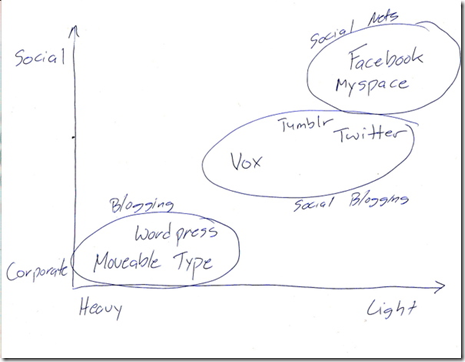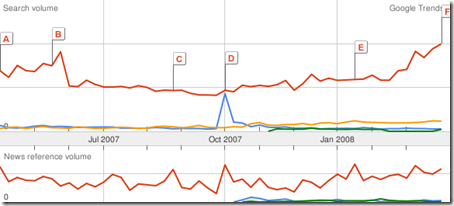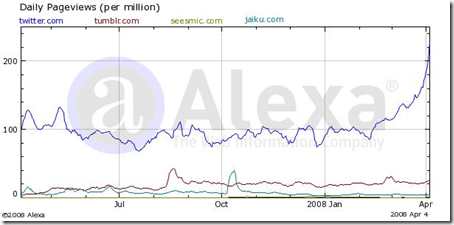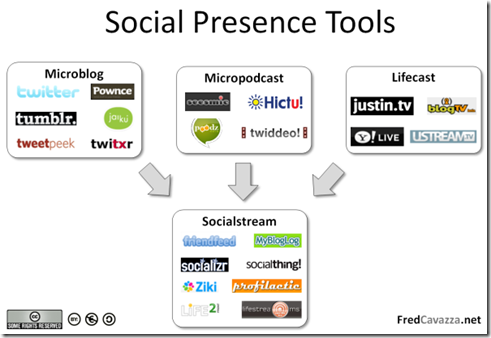Twitter again ….
Thomas Menguy | April 21, 2008If my last post was not clear enough this video really explain what twitter is all about (…ok I’m still not sure if it is useful or a new waste time machine). Anyway be sure to check http://www.youtube.com/leelefever for great educational videos!
(found via Presentation Zen)












